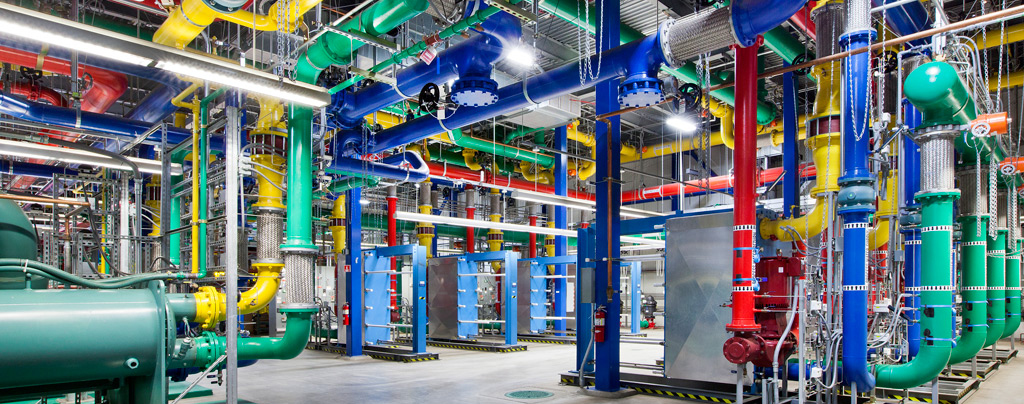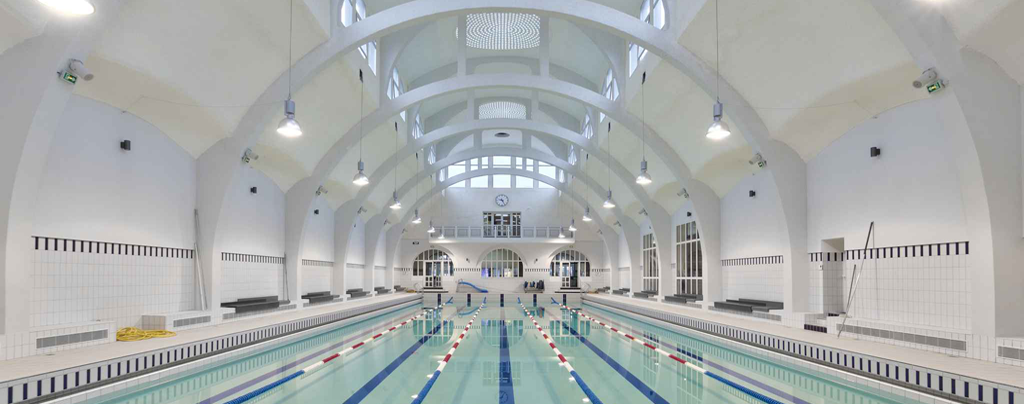In data center world, the heat is an enemy to fight. Servers are designed to operate within an optimal temperature range. In order to stay within this temperature range in spite of the heat produced by the servers themselves, cooling is necessary and can represent about 40% of the data center power bill. Different cooling techniques are available, including free air cooling or water cooling. Air cooling can work only in some specific areas in the world like, e.g., the Nordic countries in Europe. Average temperature in Kajaani, Finland, home of Herman IT data center, was (only) 3.9°C in year 2014, enabling to use only passive cooling up to 9 months a year. Depending on the data center location, additional cooling source can be provided by sea water as Google did in Hamina, Finland when they acquired a 60-year-old paper mill to convert it into a data center.

When river water cooling approach is used, one issue is to minimize the impact of the cooling system upon the ecosystem of the river. The data center operator needs to ensure that the temperature of the water rejected into the river is not significantly different from the original one; to achieve this, the water used to cool the server racks has to be cooled down by, e.g., cooling towers.

Cooling or Heat Recycling?
In other places in the world, another strategy can be followed: taking advantage of the heat generated by a data center in order to heat water for other purposes. An example of such a strategy is found in one of the oldest swimming pools in Paris, France. This swimming pool (illustrated above) was built according to the Art Nouveau (“New Art”) style and inaugurated in 1924. Part of its water is today heated by the heat generated by a data center located underneath. Instead of spending twice power and money to cool a data center and heat the water of a swimming pool, part of the power and money spent to power and cool a data center is used a second time to heat water. This is not only more cost-effective, this is also greener.
For comments or questions, please contact us.

